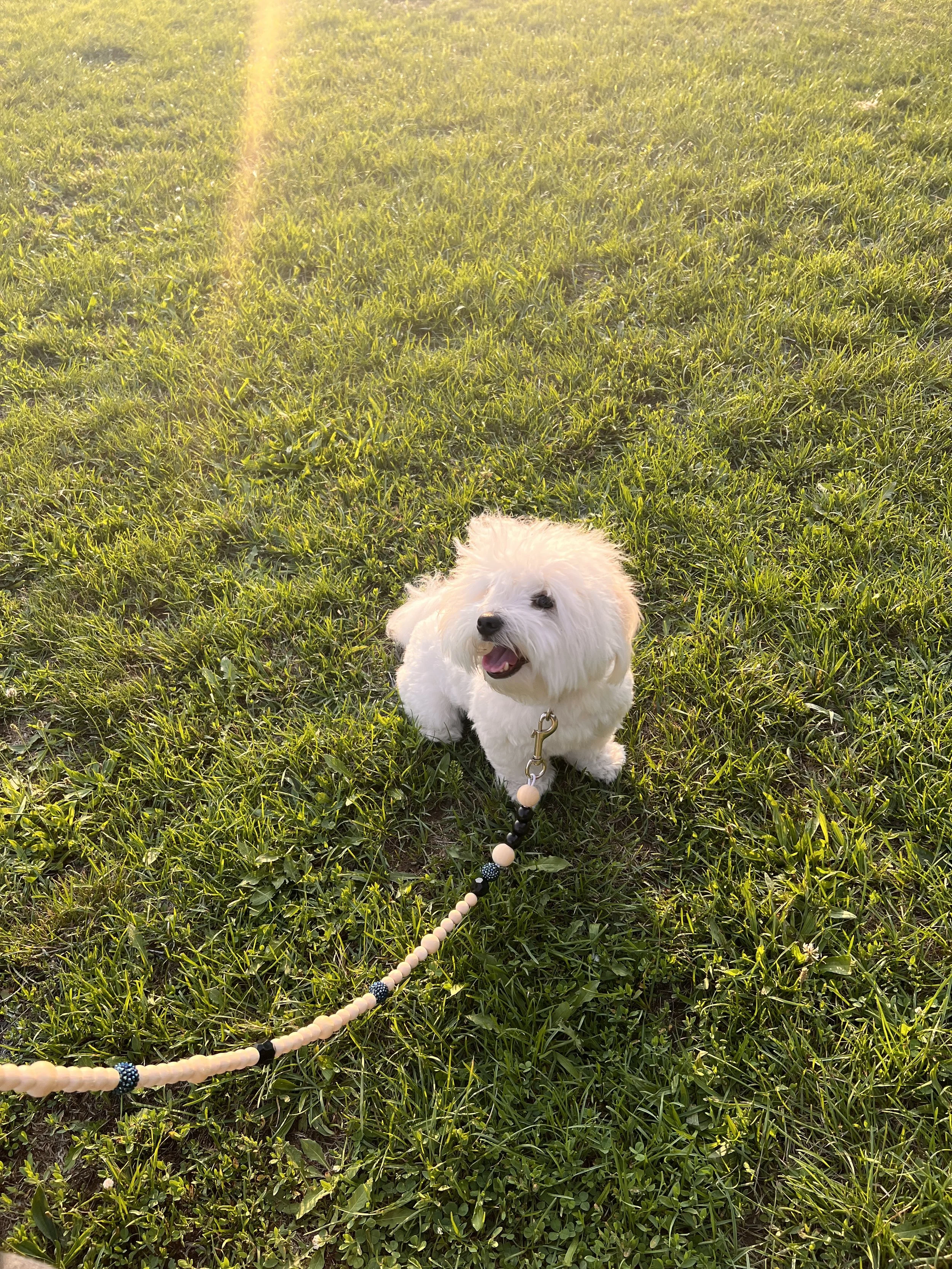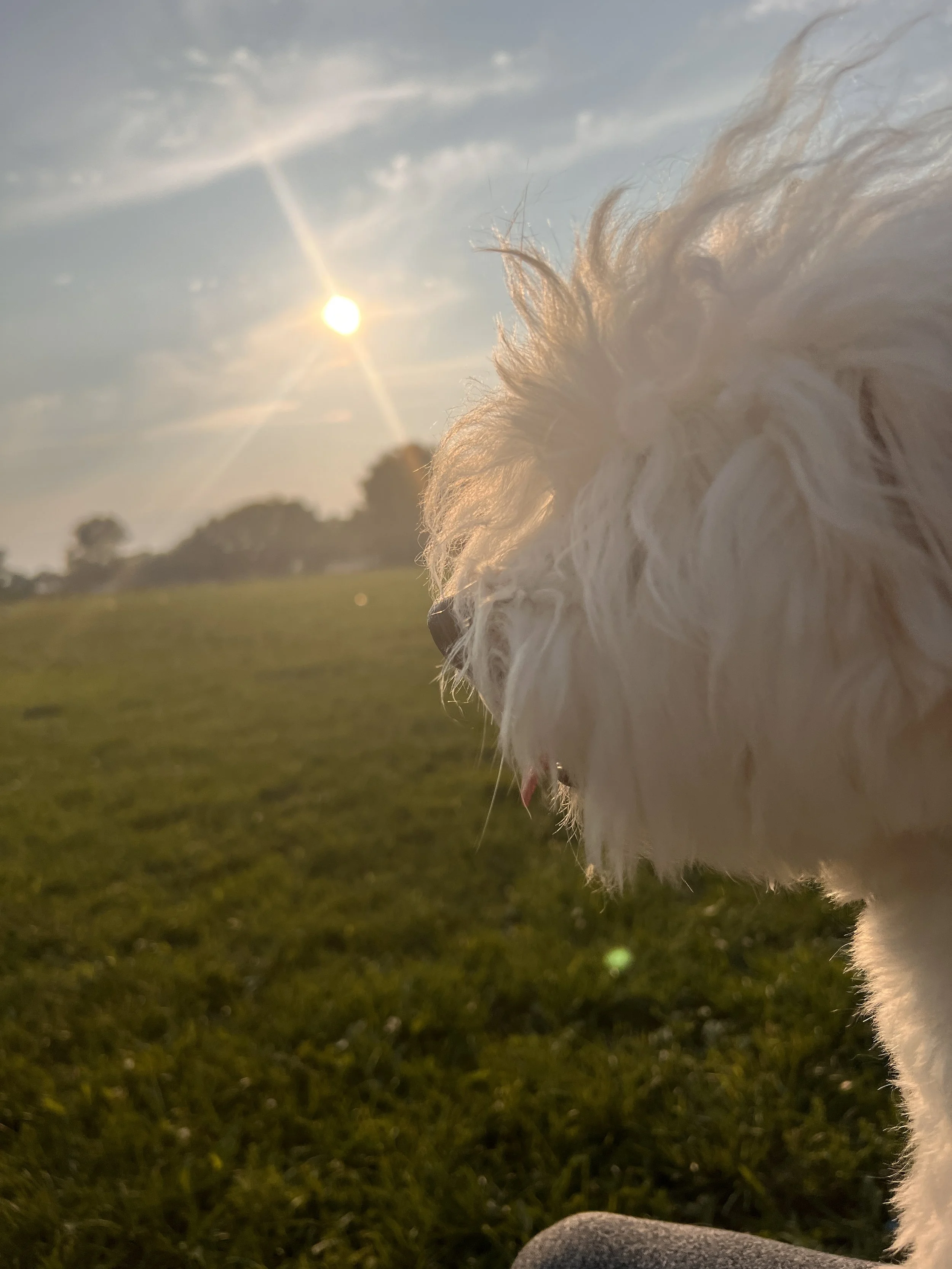Does Daylight Saving Time affect dogs?
By making small adjustments to your routine, you and your dog can make the transition through daylight saving time a little smoother!
On November 3, 2024, the clocks will move back one hour for Daylight Saving Time (DST), returning us to standard time. While there are some perks—like more daylight in the morning, which makes it safer for commuters and kids heading to school—the fall time change also brings us closer to our natural body clocks, syncing us with the sunrise. Plus, for a couple of days, we get to enjoy that extra hour of sleep! But while humans can adapt fairly easily, our dogs and pets might not adjust as smoothly.
Here are 4 ways Daylight Saving Time may affect your pup along with tips to help you both adjust:
1. Disrupted Feeding Schedule
Your dog is used to you waking up at 7 AM and feeding them shortly after. But now, you’ll be waking up at 8 AM (because, of course, you’ll make the most of that extra hour), and your dog will still be hungry at the old feeding time. Don’t be surprised if they wake you up, ruining your chances of sleeping in!
Solution: A few days before the time change, start pushing their feeding time later by 10-15 minutes each day to help them adjust.
2. Disrupted Walks
Your dog probably has a routine when it comes to bathroom breaks and walks. After the time change, they’ll have to wait an extra hour for that first morning walk, which might throw them off. This adjustment period could last a few days as they get used to the new schedule.
Solution: Just like with feeding, start delaying your dog’s walks in small increments (10-15 minutes) to help them gradually adjust.
3. Impact of Sunlight Exposure
If your dog is sensitive to walking in the dark, the time change might make them anxious. What used to be a nice evening walk at sunset will now be much darker, which could affect their mood and energy. Dogs rely on natural light to regulate their internal clocks, and a sudden shift to darker conditions can make them more cautious or reluctant to go outside.
Solution: If possible, try to get in a daytime walk earlier to ensure they get some sunlight, which is great for their health. Stick to familiar routes for nighttime walks until they’re comfortable with the change.
Bonus Tip: Grab some reflective gear for those darker walks! While it won’t calm your dog’s nerves, it’ll help keep you both safe.


